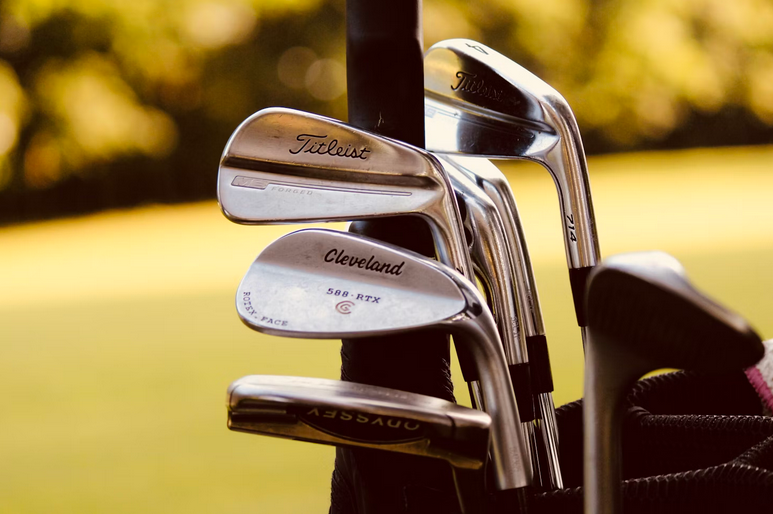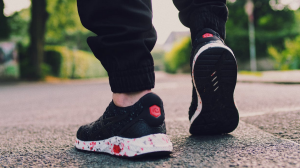Beginner’s Guide: Selecting the Right Golf Clubs for You
Are you new to the world of golf and feeling overwhelmed by the plethora of club options available? Look no further. In this beginner’s guide, we will break down everything you need to know about selecting the right golf clubs for you. Whether you’re a casual weekend player or an aspiring pro, we’ve got you covered with tips and advice to help improve your game. Let’s tee off on the path to finding the perfect set of clubs for your skill level and playing style.
Understanding the Basics


Before we discuss club selection, let’s start with the basics. A typical set of golf clubs consists of a driver, fairway woods, hybrids, irons, wedges, and a putter. As a beginner, you won’t need a full set right away. Instead, focus on finding a quality driver, a couple of irons (such as a 7-iron and a pitching wedge), and a putter to start.
Consider Your Budget
Golf clubs can range from budget-friendly to sky-high prices, so it’s essential to consider your budget when shopping. As a beginner, there’s no need to splurge on top-of-the-line clubs just yet. Look for quality options that fit within your budget and offer good value for your money. Keep in mind that you can always upgrade to more expensive clubs as you improve your game.
Choose Forgiving Clubs


Forgiveness is key for beginner golfers, so look for clubs that offer plenty of forgiveness on mishits. Drivers with larger clubheads and perimeter weighting are more forgiving and can help you achieve better distance and accuracy, even on off-center hits. Similarly, cavity-back irons are more forgiving than muscle-back irons and can help beginners make cleaner contact with the ball. You can see details on the forgiveness rating of clubs by checking online reviews or speaking with a knowledgeable salesperson at a golf store.
Try Before You Buy
Before making a purchase, it’s essential to try out different clubs to see what feels comfortable and suits your swing. Visit your local golf store or driving range and ask to demo a few clubs. Please pay attention to how each club feels in your hands, how it performs on the range, and whether you feel confident swinging it. Don’t be afraid to ask for advice from the pros or experienced golfers—they can offer valuable insights and recommendations based on their own experiences.
Consider Complete Sets


If you’re looking for a convenient and budget-friendly option, consider investing in a complete set of golf clubs designed specifically for beginners. These sets typically include everything you need to get started, including a driver, fairway woods, irons, wedges, and a putter—all in one package. Complete sets are a great option for beginners who want to get out on the course without the hassle of piecing together individual clubs.
In conclusion, finding the best golf clubs for beginners is all about understanding your needs, budget, and preferences. Look for forgiving clubs that offer good value for your money, and don’t be afraid to try out different options before making a decision. With the right clubs in hand, you’ll be ready to hit the links with confidence and start honing your skills on the golf course. So grab your clubs, head to the range, and get ready to tee off on your golfing journey.




